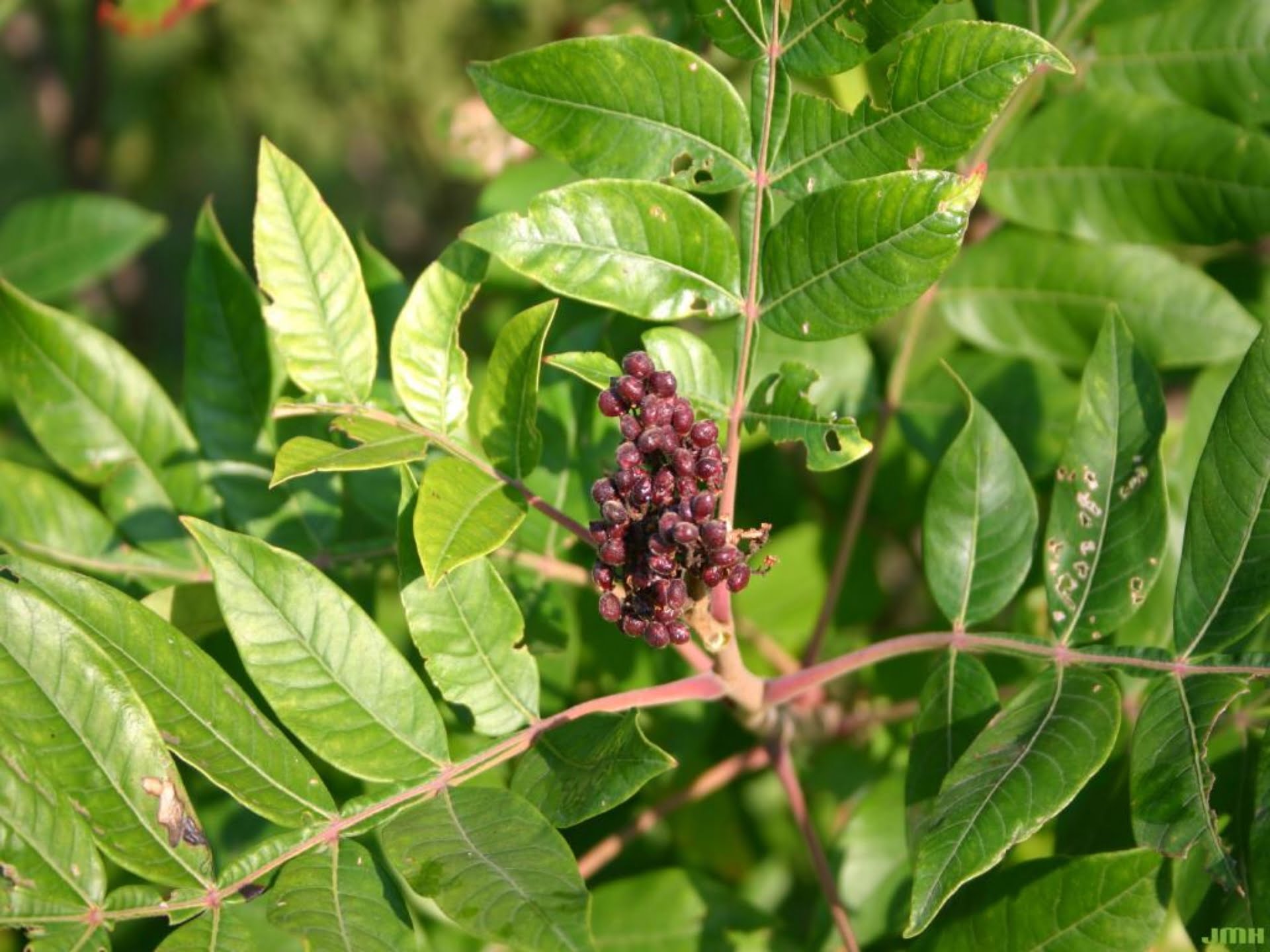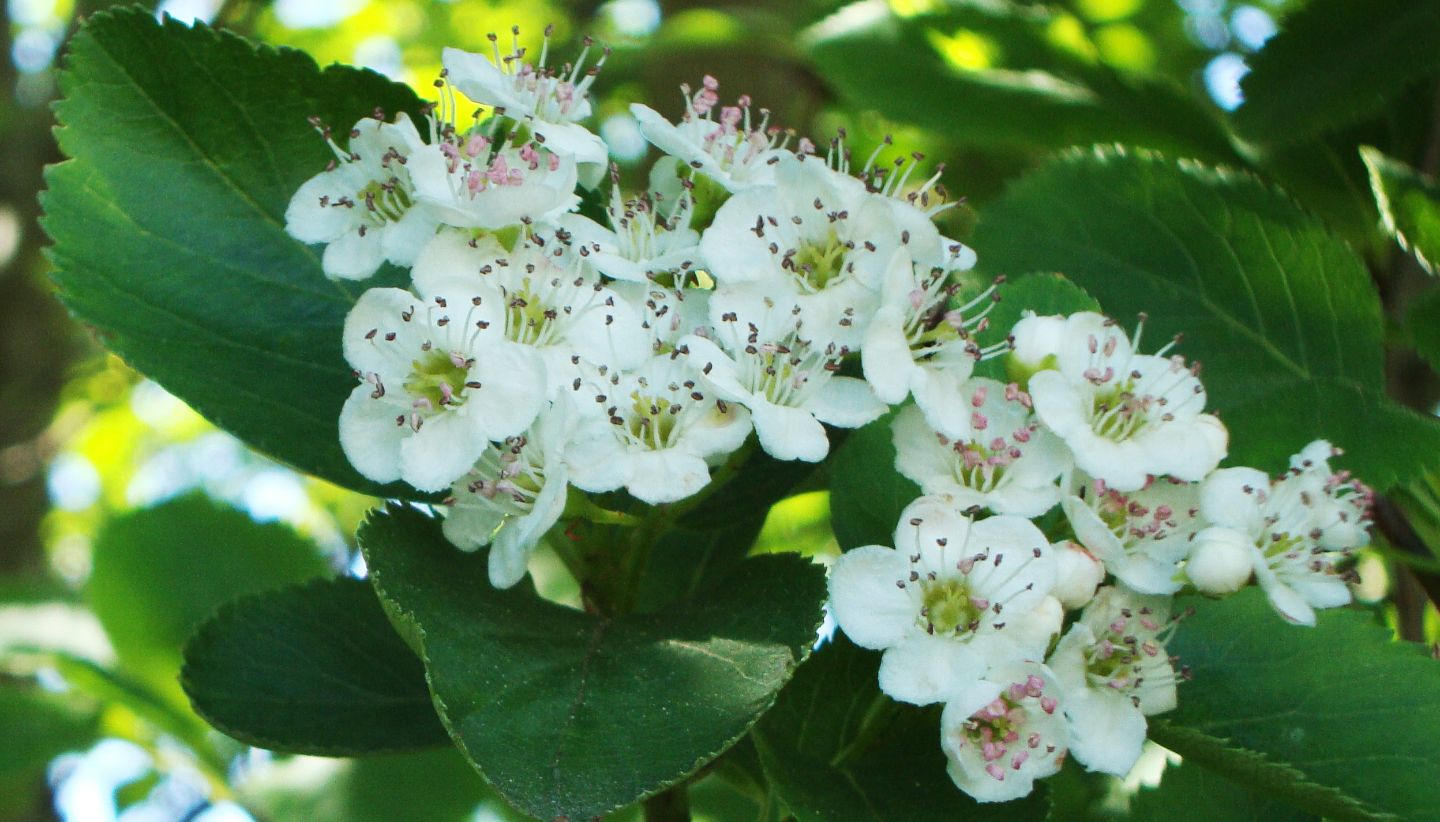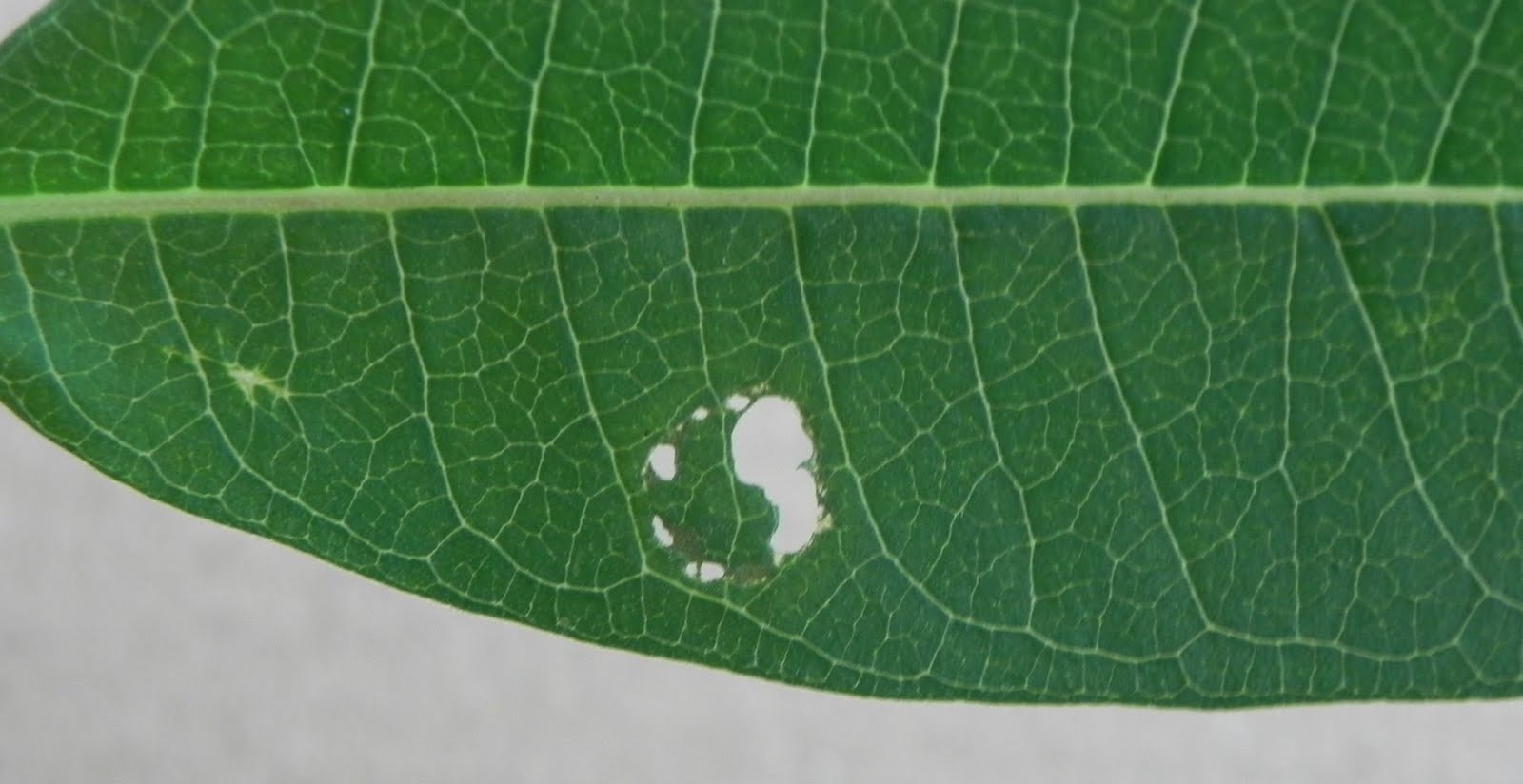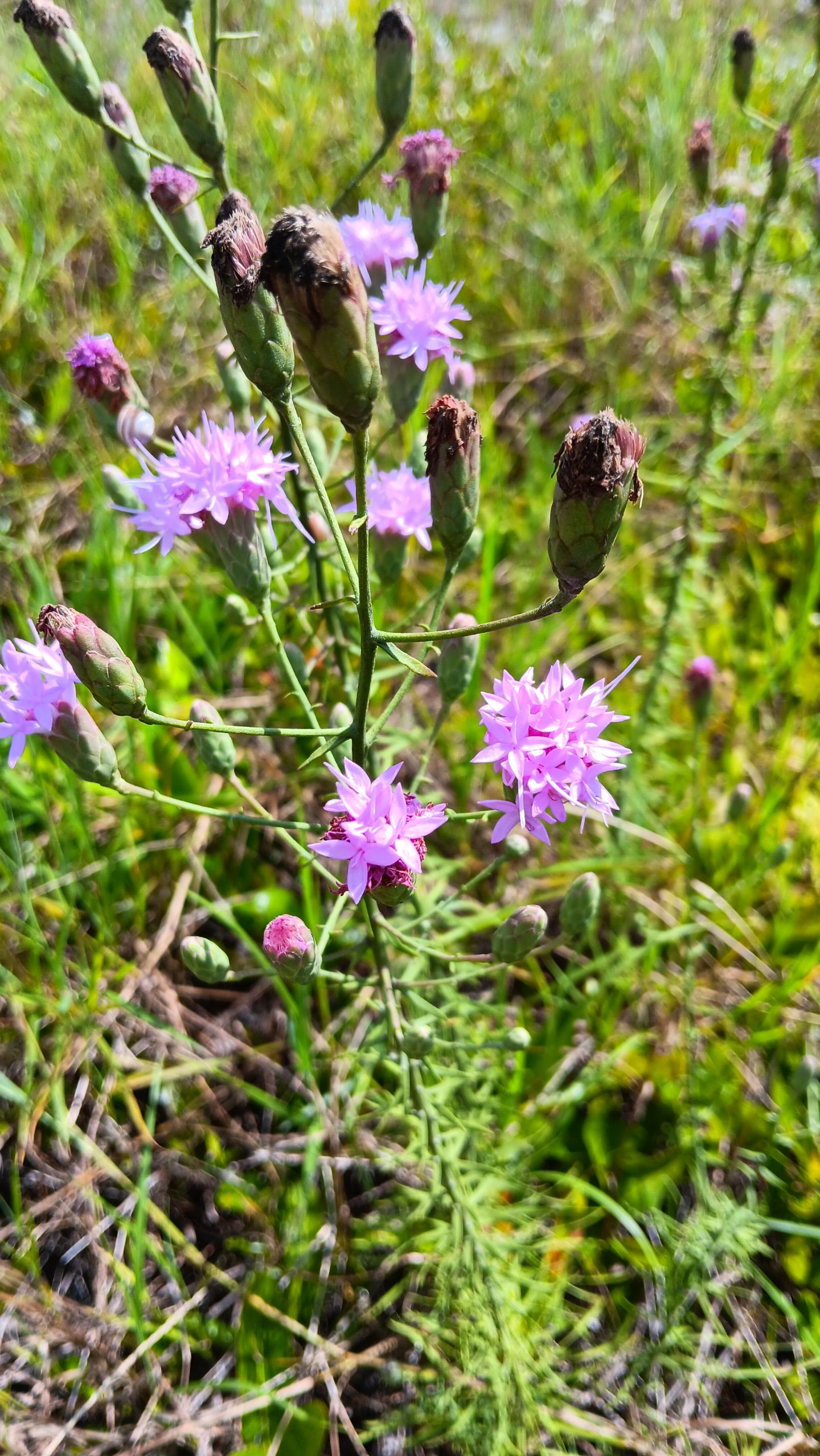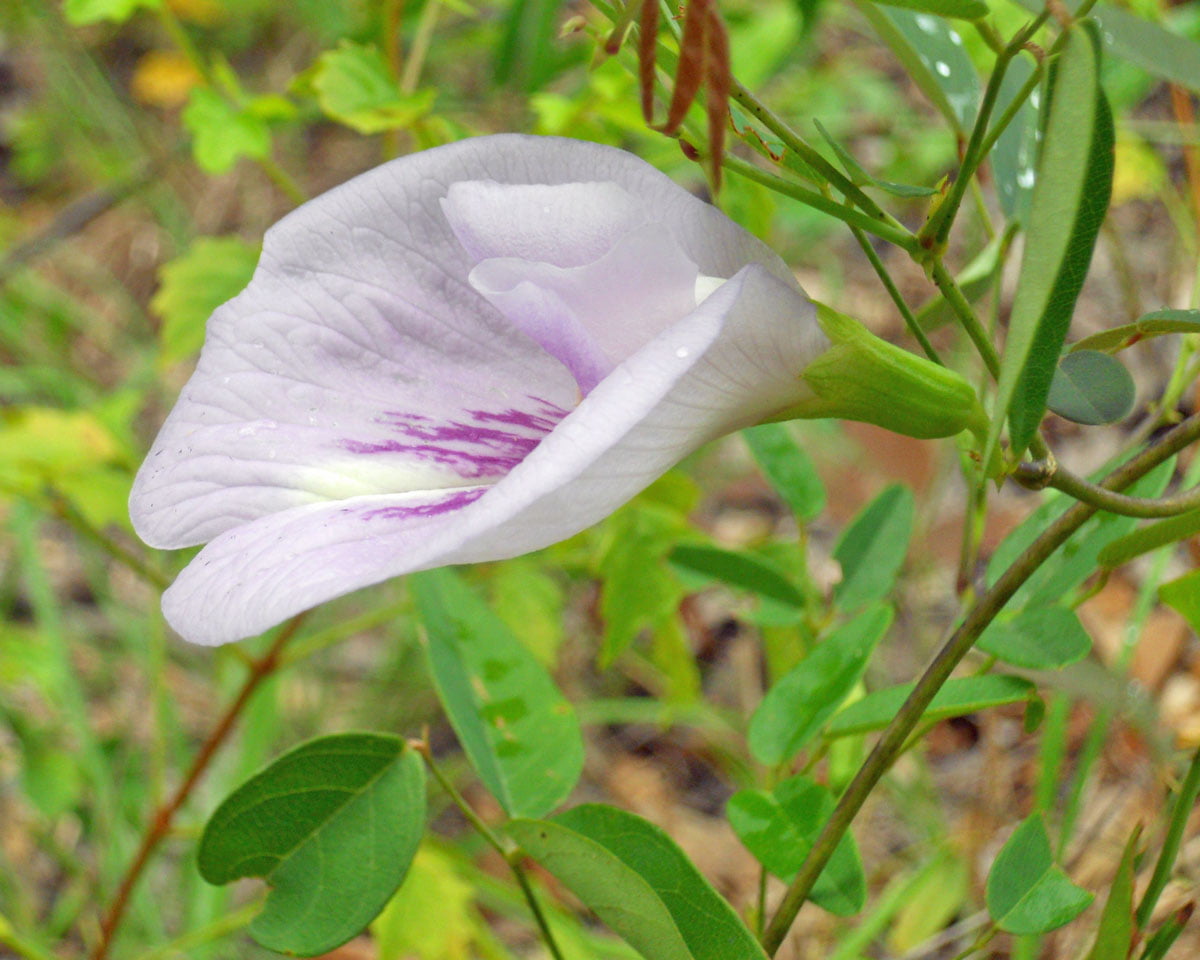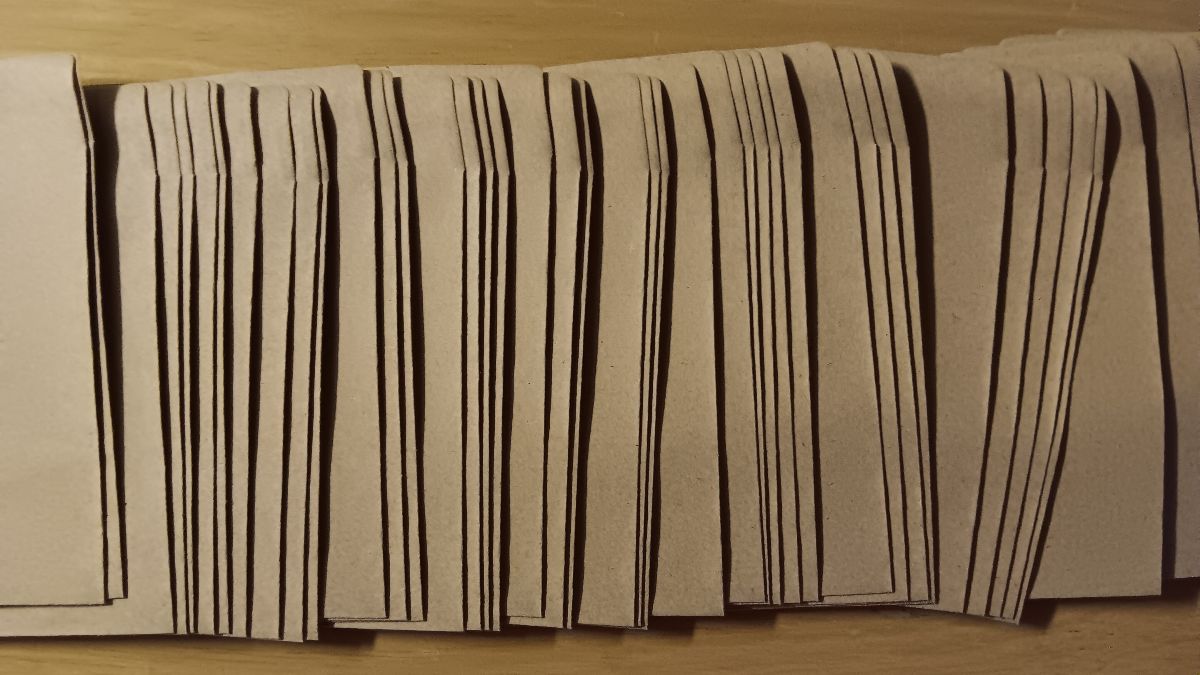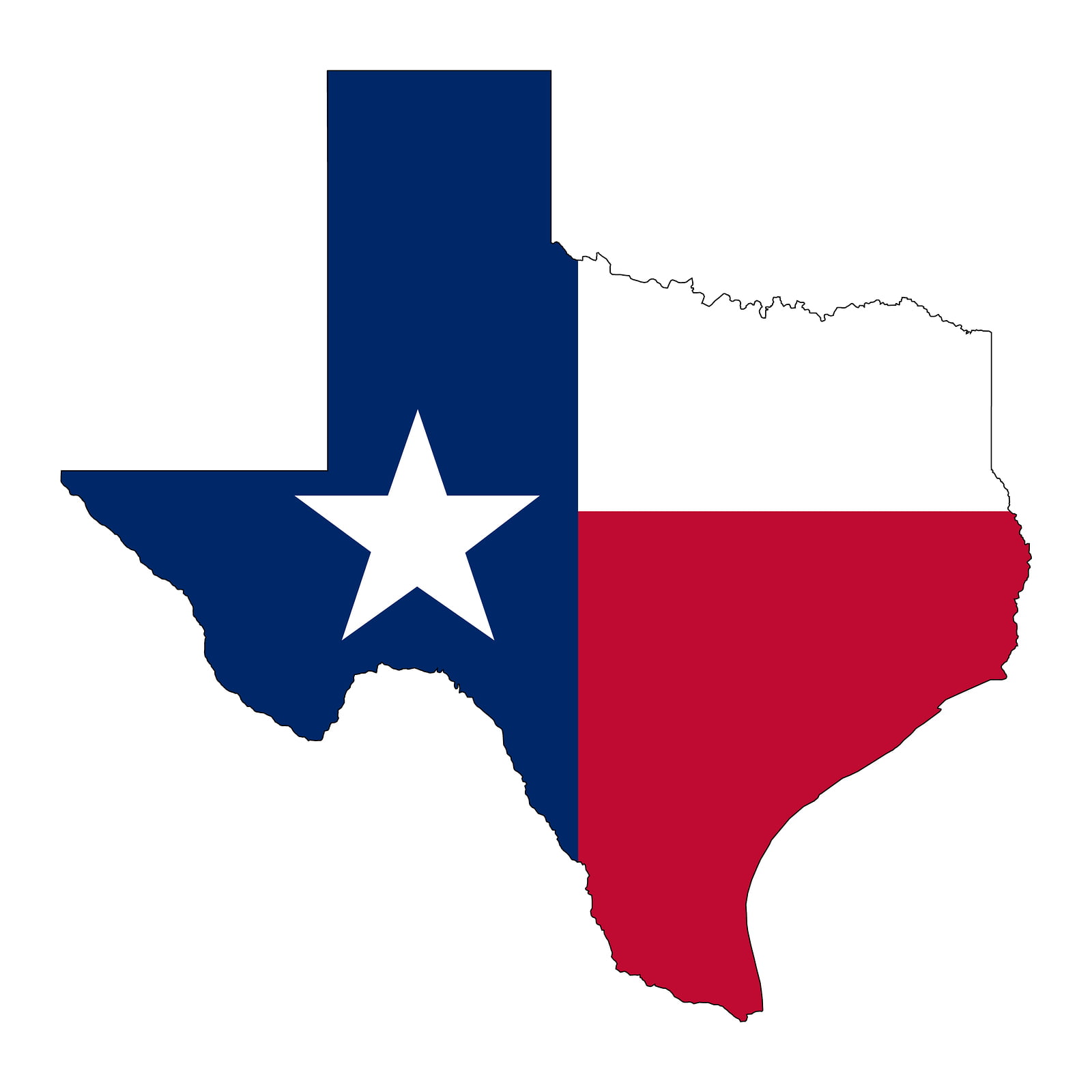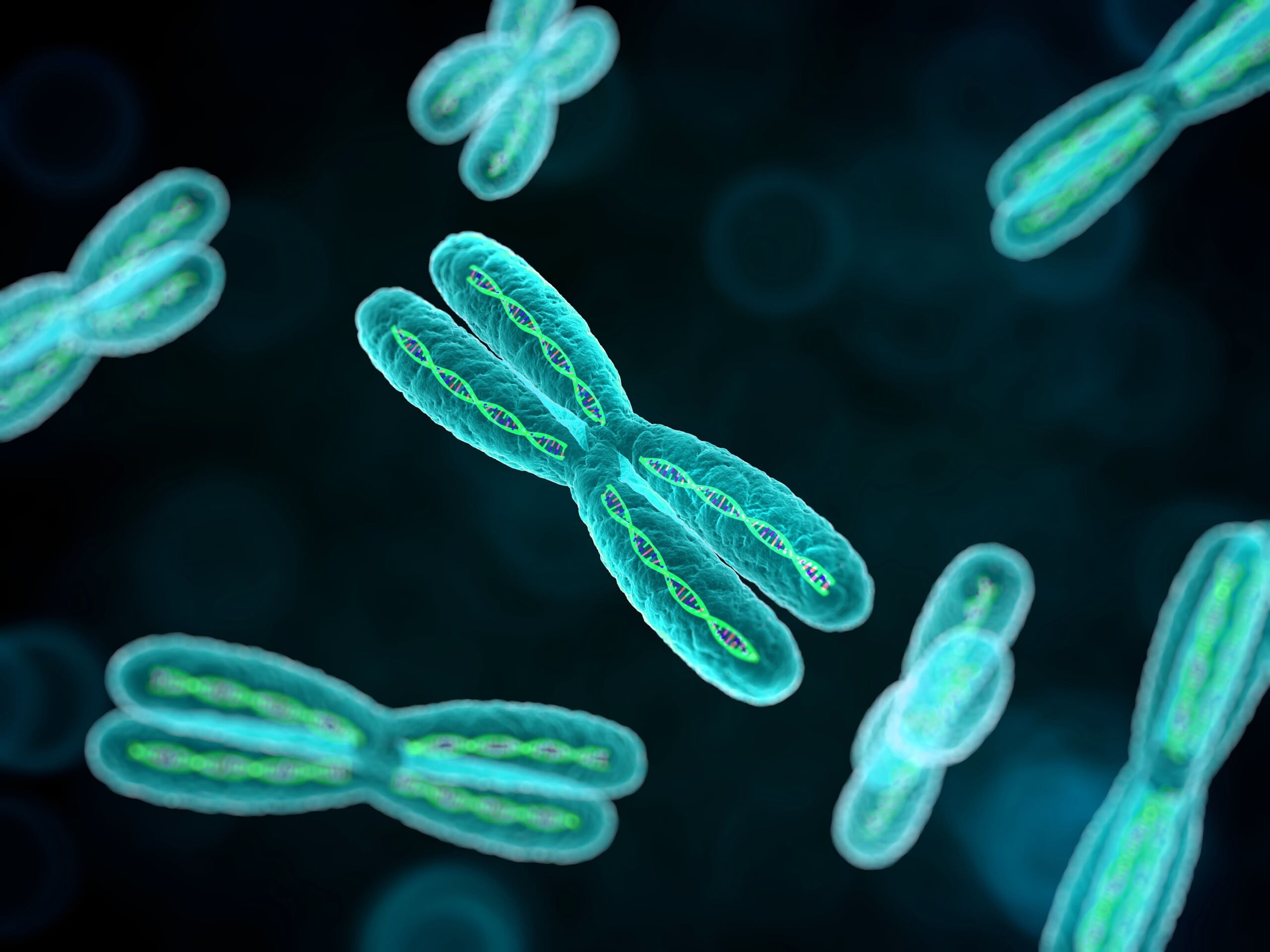In this article, we’ll explore the native range of Shiny Sumac, its benefits to butterflies, pollinators, and other wildlife, and its unique attributes that make it an ecological powerhouse.
Gardening
Germinating Crataegus Michauxii Seeds
This article attempts to assist the user in germinating Michaux’s Hawthorn seeds.
DIY Guide: How to Test Milkweed Plants for O.E. Using a 40X Student-Grade Microscope
In this DIY guide, Johnny walks you through the process of testing milkweed leaves for the presence of O.E. spores using just a 40X student-grade microscope.
The Scrub Blazing Star: A Dance of Mutualism with Butterflies
The Scrub Blazing Star, also known as Florida Gayfeather (Liatris ohlingerae), is an eye-catching perennial that adds a burst of color to Florida’s diverse landscapes.
The Sweet-Scented Pigeonwings (Clitoria fragrans) of Florida’s Lake Wales Ridge
The Sweet-Scented Pigeonwings is not just a beautiful addition to Florida’s Lake Wales Ridge; it’s a cornerstone species that contributes significantly to the ecological fabric of the region.
Johnny Butterflyseed’s Micropackets: A Greener Way to Garden
Good things come in small packages, and Johnny Butterflyseed is proving just that by transitioning to smaller seed packets for 2024. We’ve resized our packets from the standard seed packet size of 4.5″ x 3.25″ weighing 4 grams with labels, to a more compact #1 coin envelope, we are calling […]
The Milkweeds of Texas: Nature’s Butterfly Cafe
Milkweeds are not just another pretty plant; they’re the cornerstone of a complex ecological web. Serving as the primary host plants for the famed Monarch butterfly, these hardy perennials play a crucial role in ecosystems across the United States, including the diverse landscapes of Texas.
Differences Between Echinacea and Rudbeckia
The genera Echinacea and Rudbeckia are closely related, both belonging to the Asteraceae family, but they exhibit some key genetic and morphological differences that warrant their classification into separate genera.
